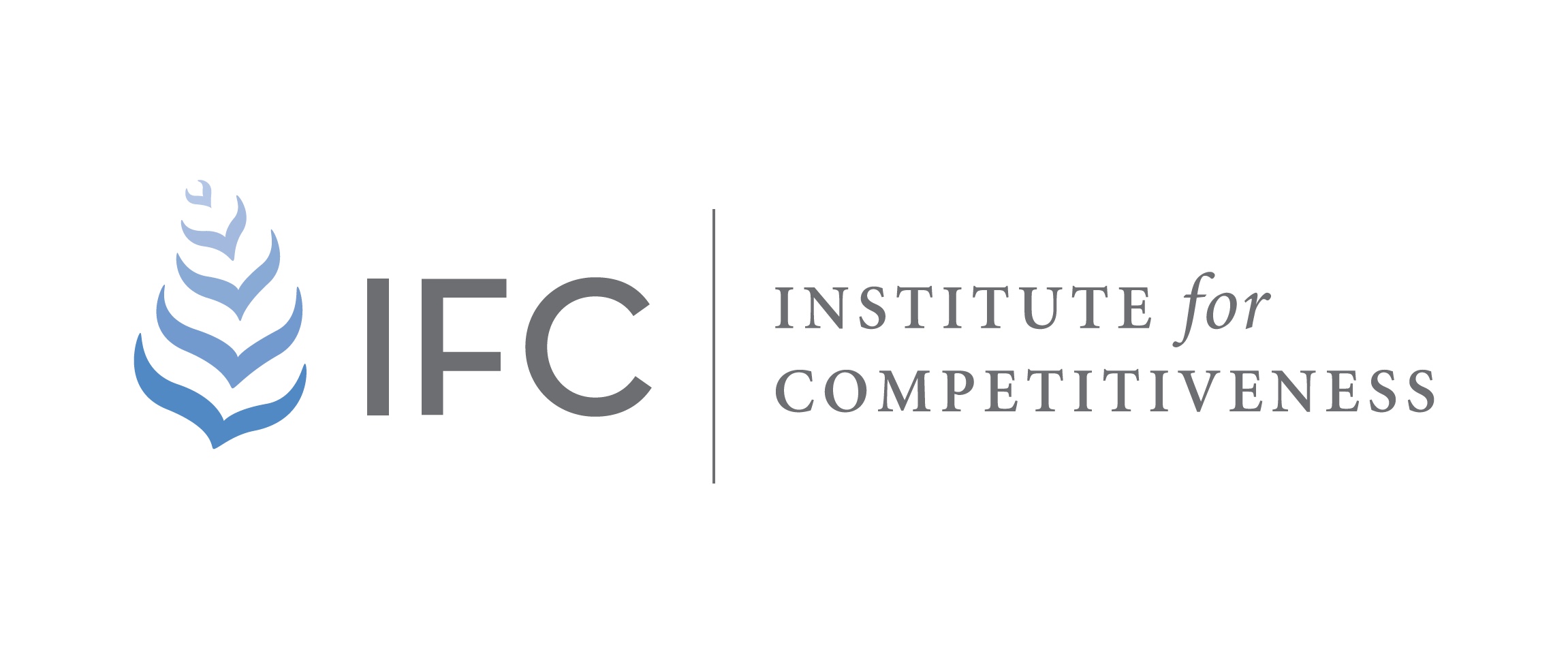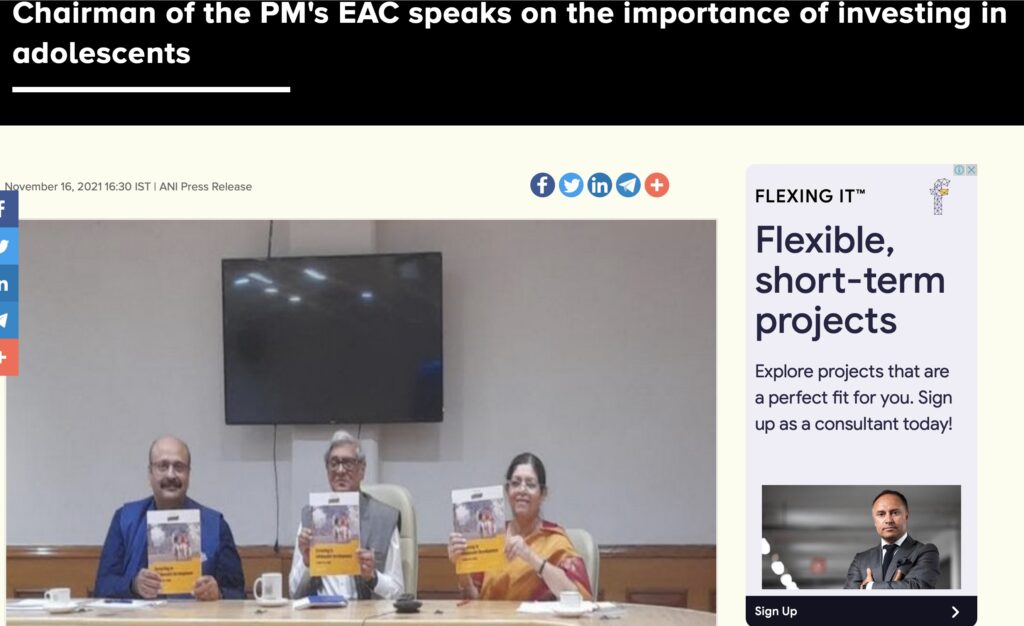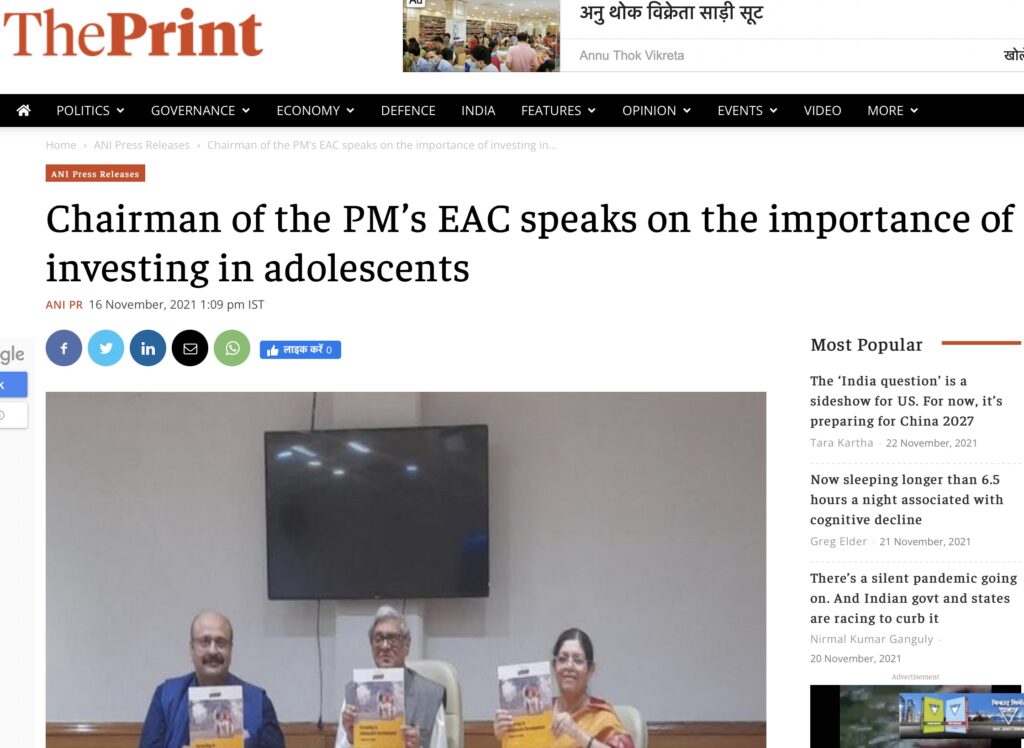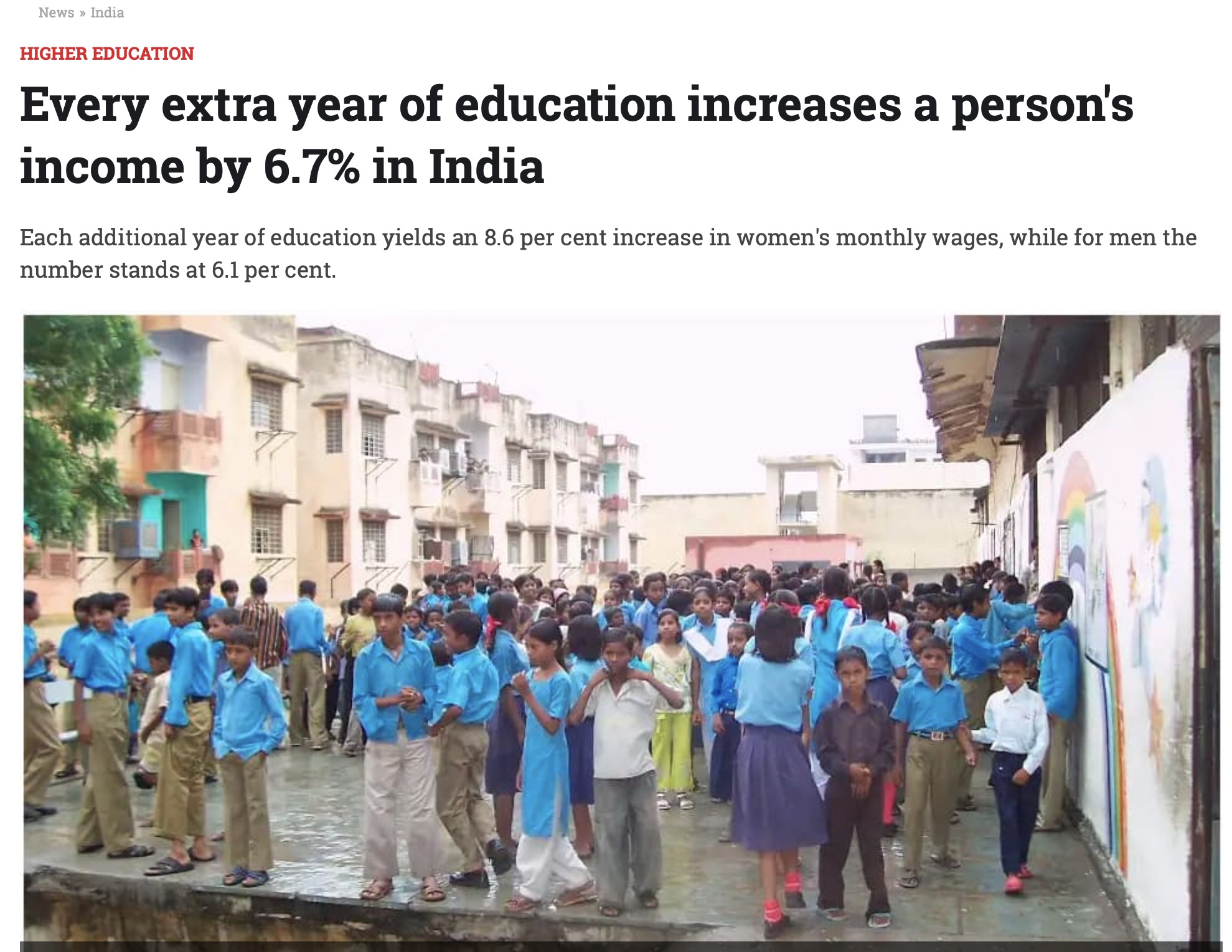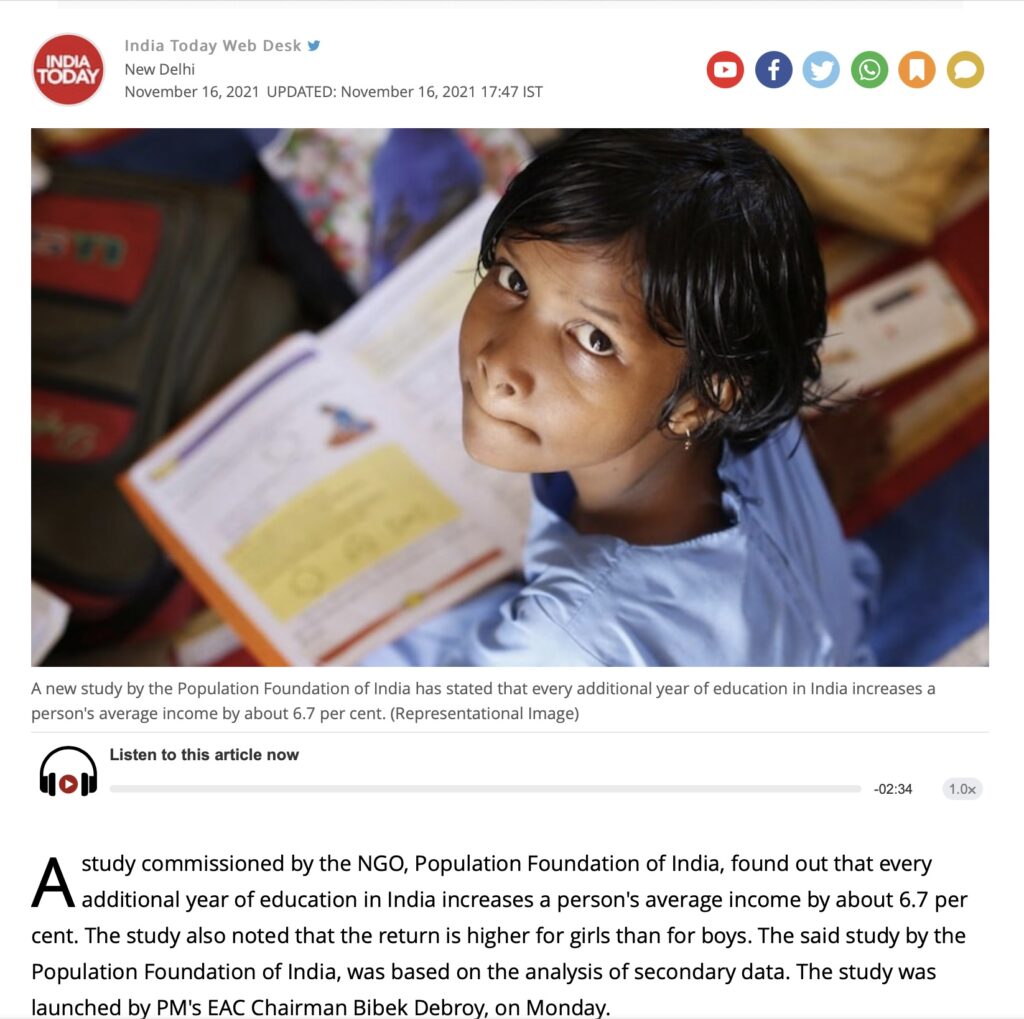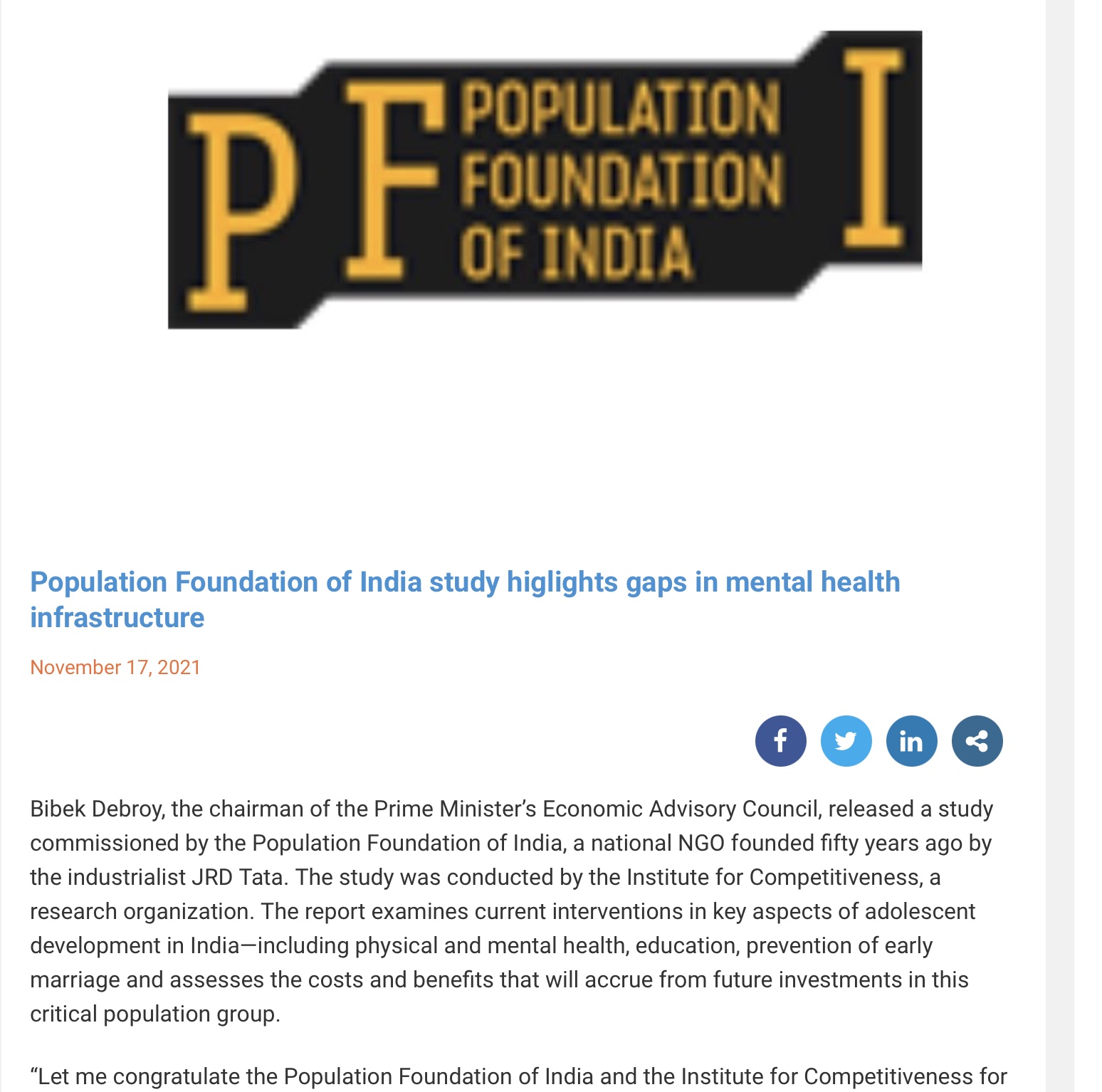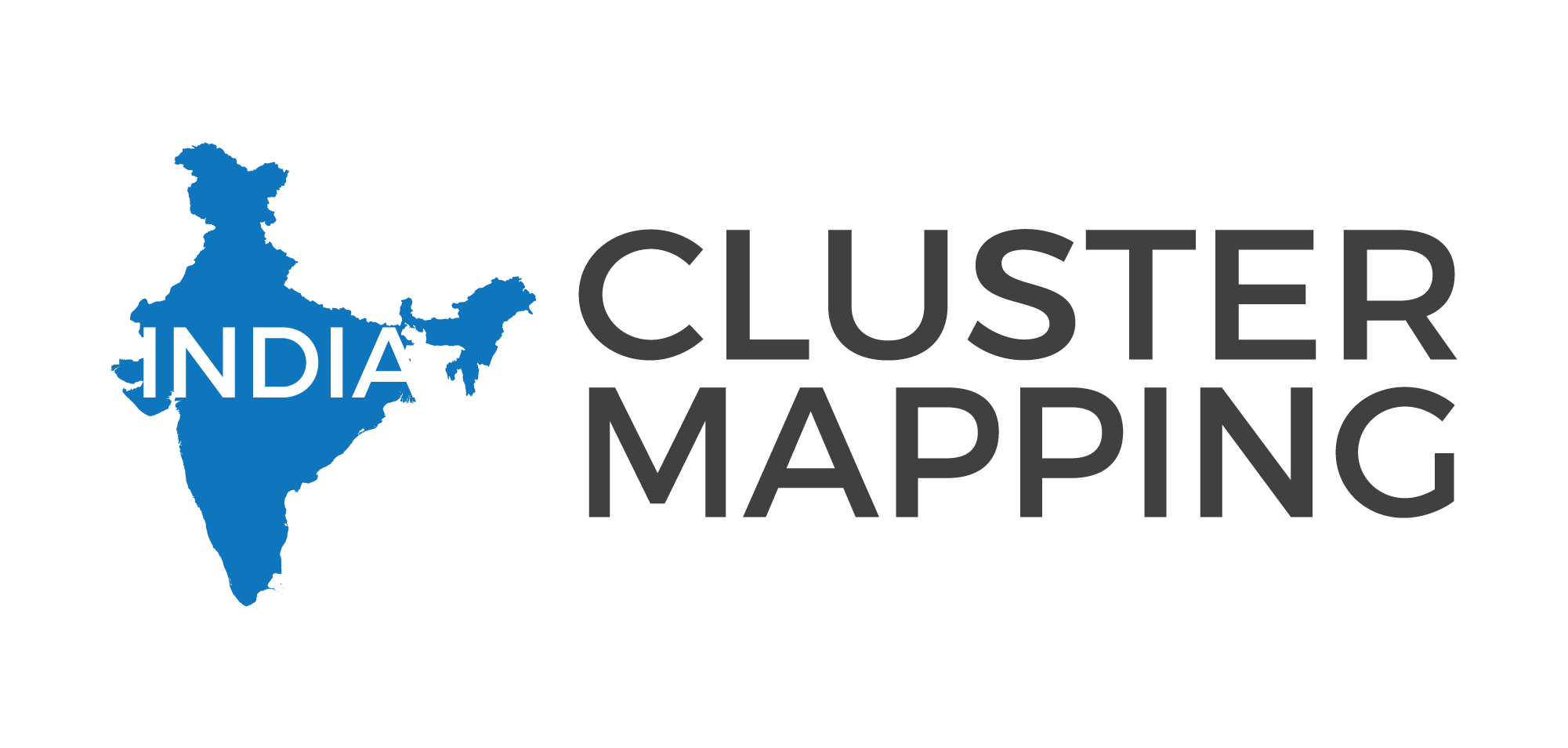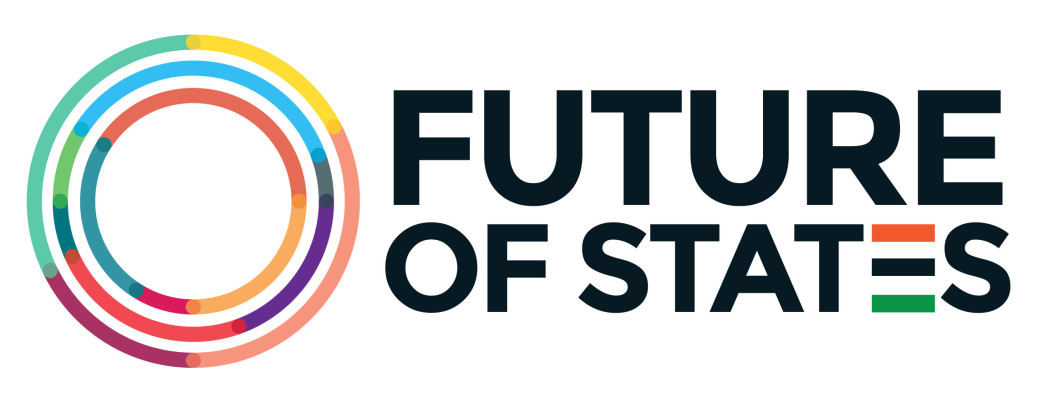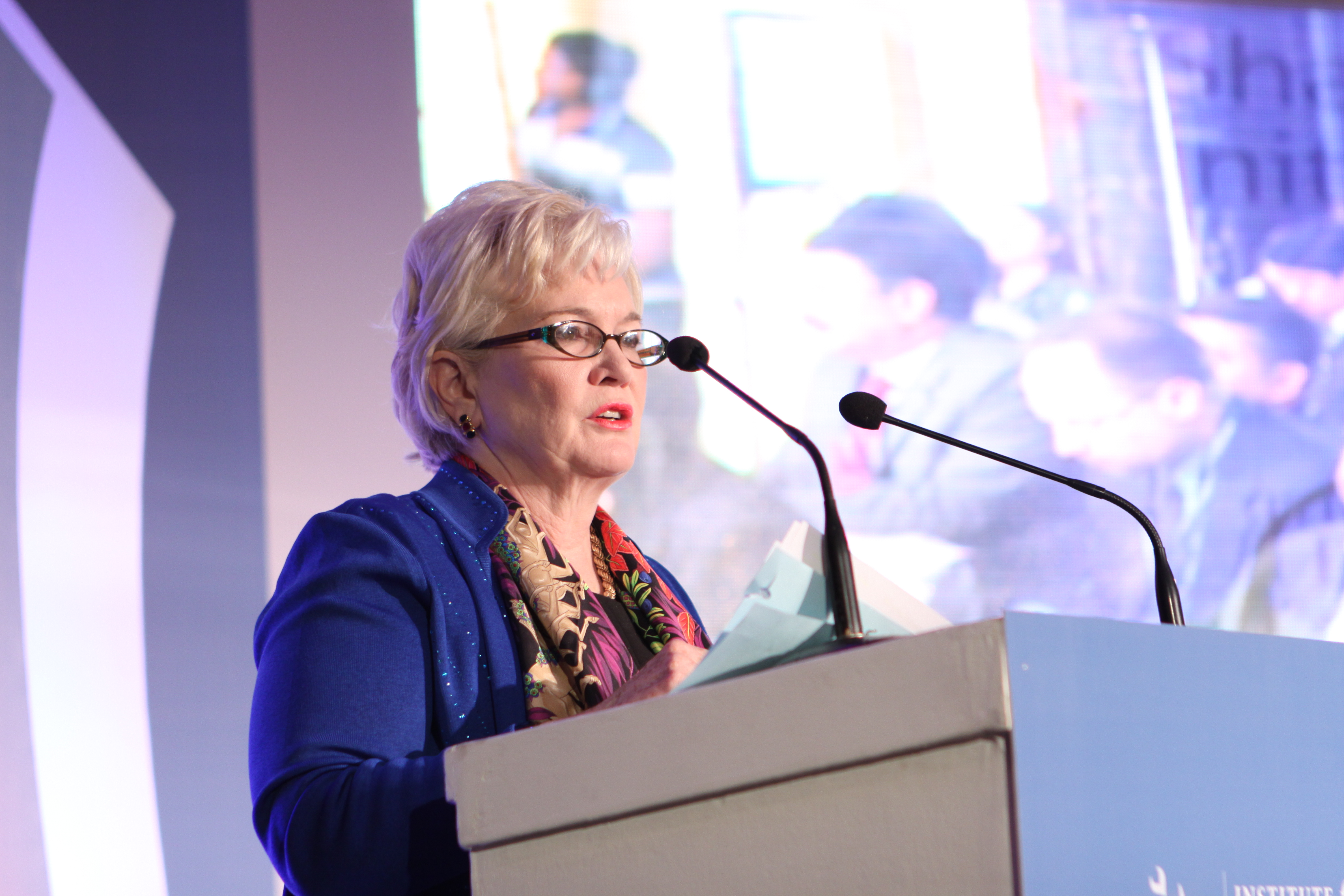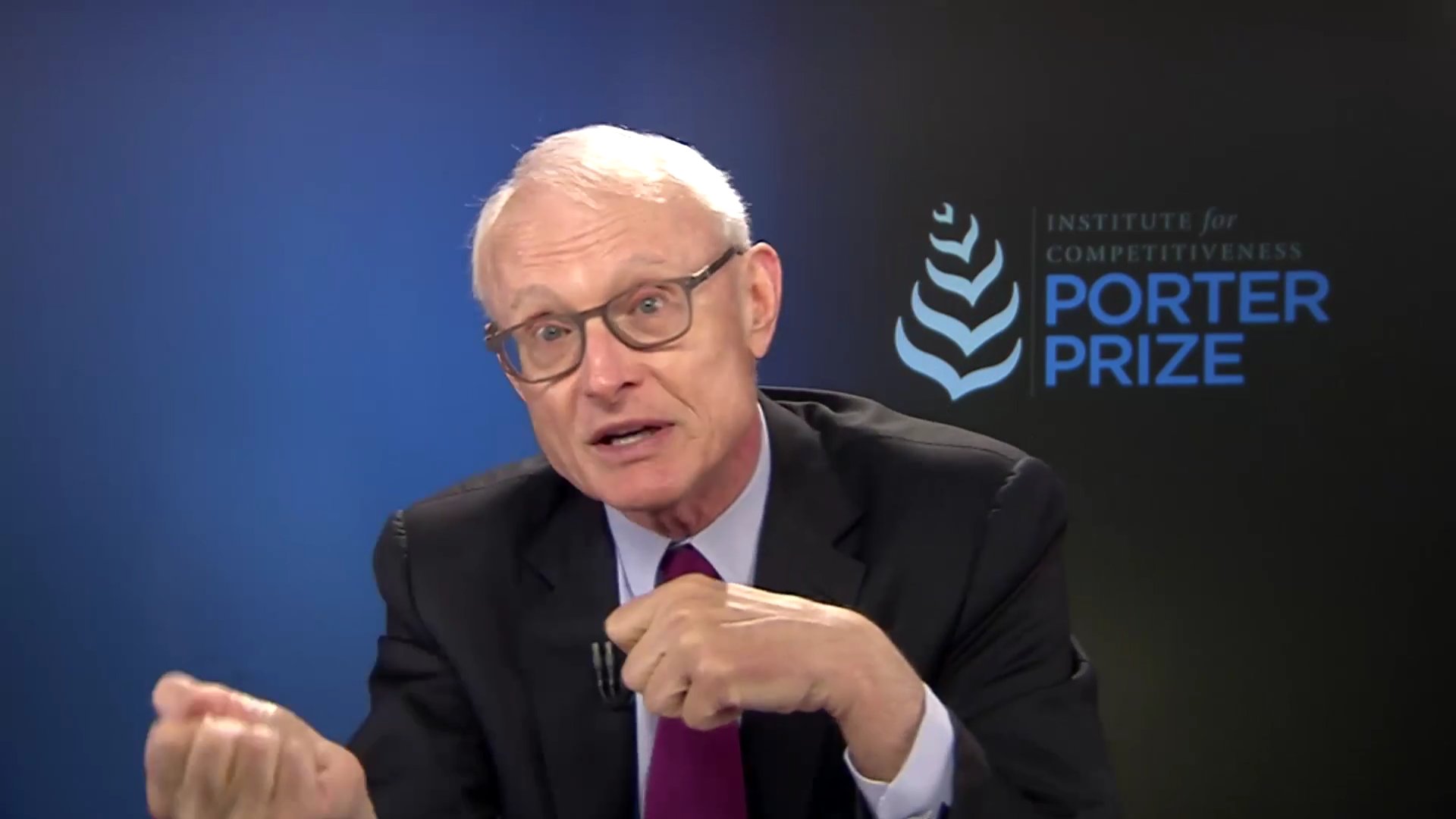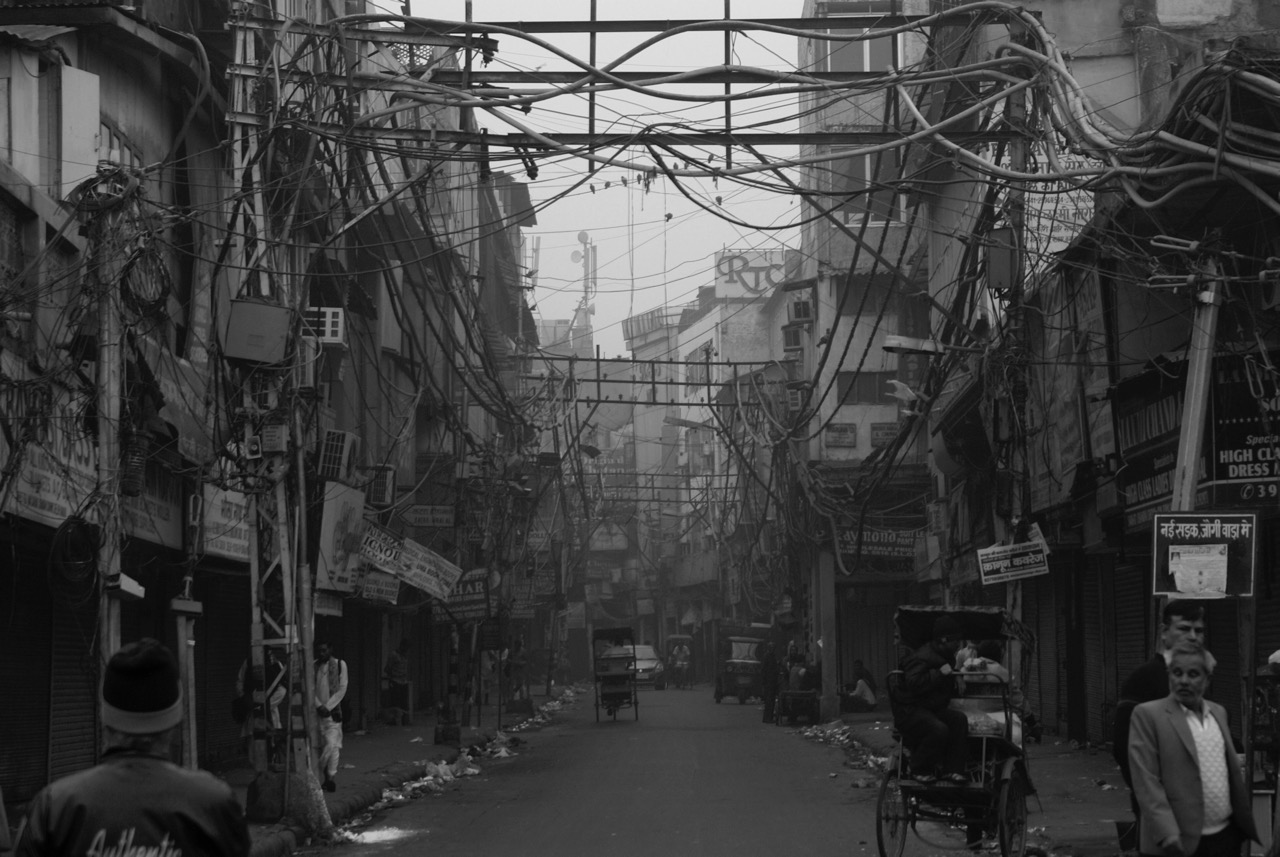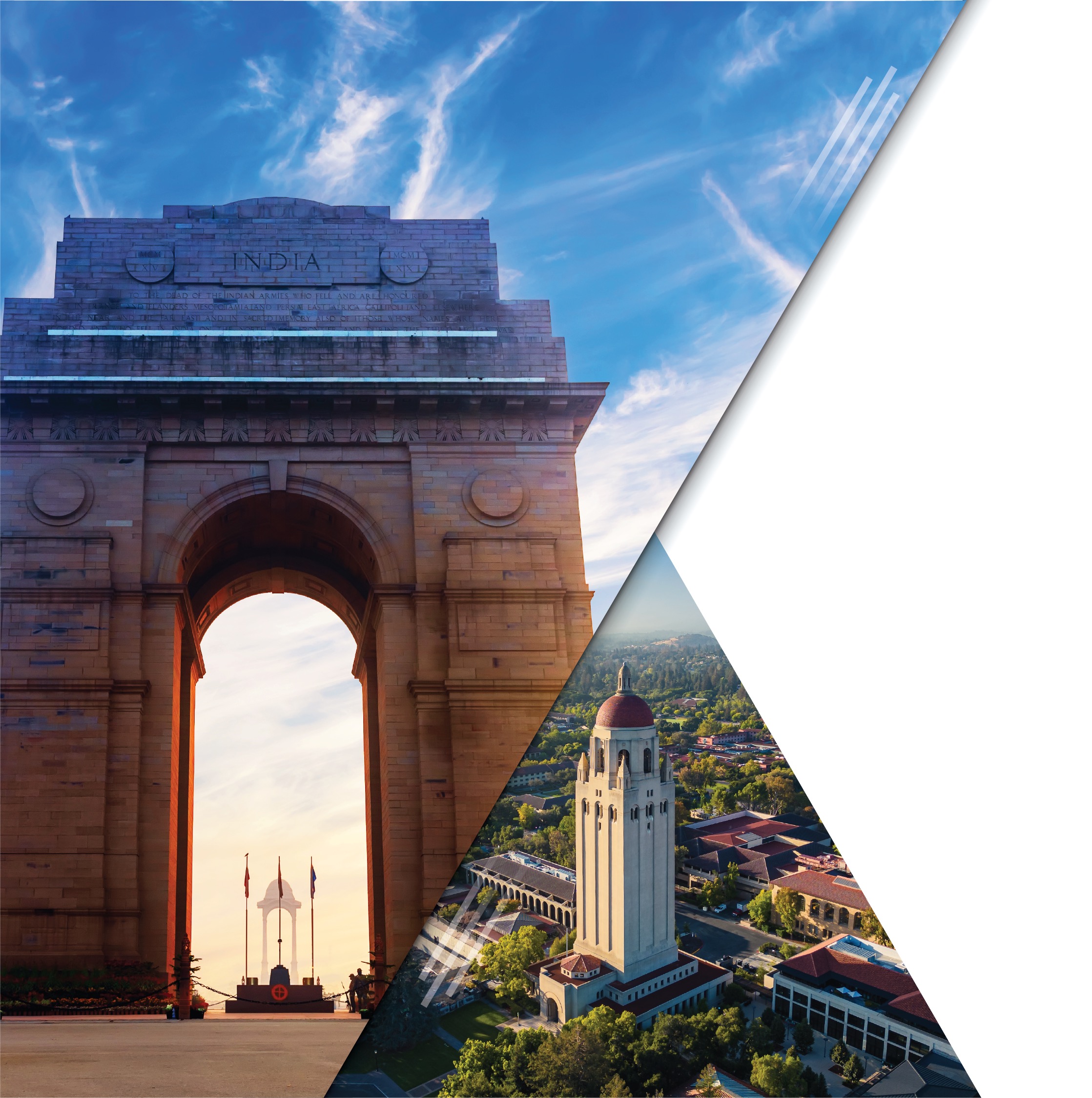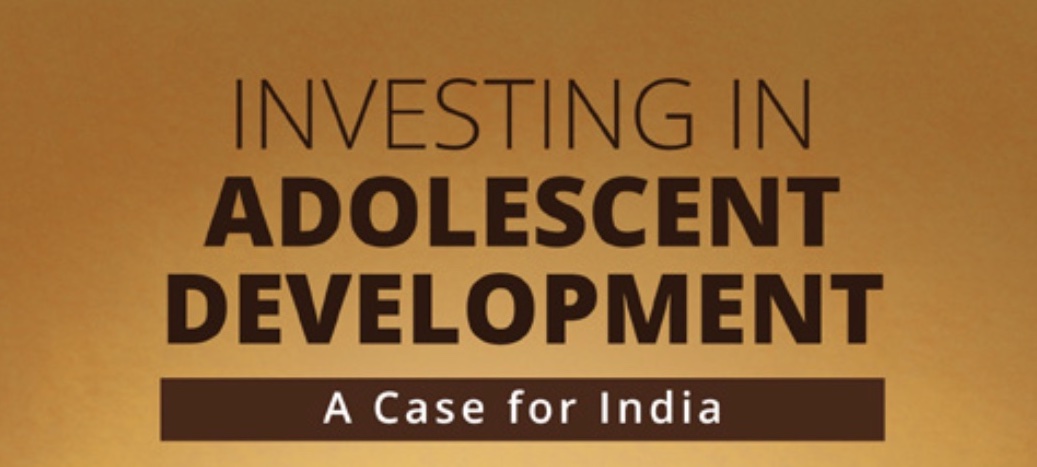
The study is conducted to highlight the need to invest in Indian adolescents, estimate the investment gaps in key areas of adolescent development and determine the approximate cost of filling those gaps. The key areas explored in the study are: secondary education, nutrition, unmet need for family planning, mental health, and the issue of child marriage. The report showcases that to ensure the well-being of adolescents in these facets of development, India needs to further its investment on each front.
Policy Brief
Highlights
- Investing in adolescents can yield “a triple dividend of benefits” for adolescents in their current state, their future adult selves, and the next generation.
- Given that India has the highest adolescent population in the world, and it has entered the phase where it can yield its demographic dividend, the country’s future is inextricably linked to the trajectory of adolescent development.
- There are significant investment gaps that India needs to fulfil in key areas of adolescent development. The study specifically looks into secondary education, anaemia, unmet need for family planning methods, mental health, and child marriage.
- India experiences low enrolment rates beyond primary education. Moreover, India has a high number of people dropping out of the employment-education ecosystem. The study shows that total public expenditure per student for schooling beyond primary education lies between INR 1,82,015 to INR 3,30,774 and the individual benefit in terms of increase in lifetime wages is INR 14,94,591 after adjusting for opportunity cost.
- The programme of the Indian government to address anaemia among adolescents, the Weekly Iron and Folic Acid Supplementation (WIFS) Programme, is likely to miss its targets for 2021. The yearly budget to reach all school-going adolescents and out-of-school female adolescents will cost INR 3250 crores in addition to the current programme cost of running the WIFS programme.
- Similarly, there are vast funding gaps in addressing the unmet needs for contraceptives among adolescents. The total annual cost of ensuring adolescent females and males have access to contraceptives would be INR 52 crores against the current spending of approximately INR 17 crores.
- Further, India absolutely lacks the infrastructure to address mental health concerns of adolescents. As per the study’s estimations, India requires an investment of approximately INR 2,745 crores per year to build a mental health infrastructure that is at par with upper-middle income countries and meet the provisions of the Mental Healthcare Act (MHCA), 2017.
- Lastly, upon reviewing several programmes that aim at addressing the issue of child marriage, the study suggests a conditional cash transfer programme linked with school enrolment. A pan-India program targeting girls aged 13-14 years onwards through a conditional cash transfer scheme till the time they complete school education will cost the country around INR 7000 crores annually.
The complete Policy Brief can be downloaded here
Infographics
Education
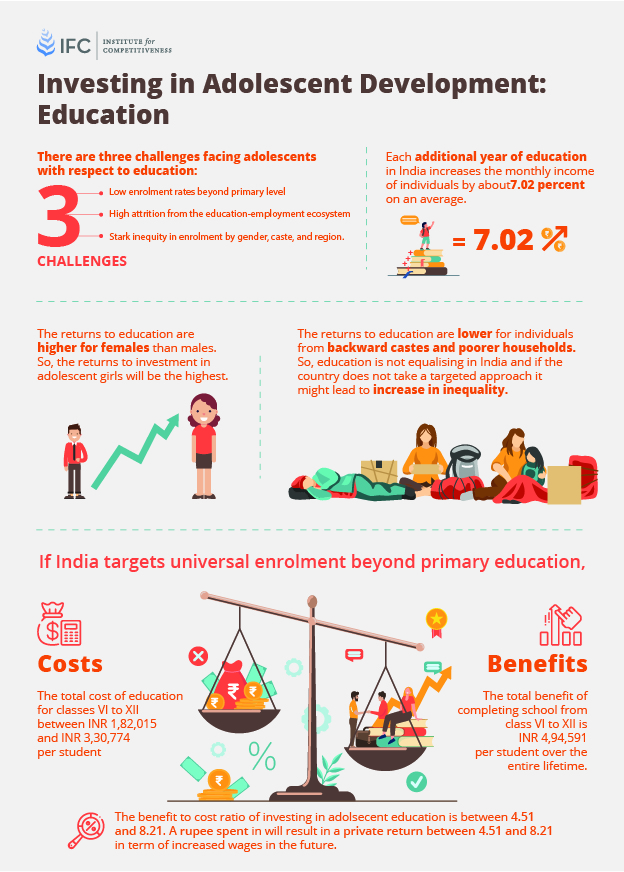
Health
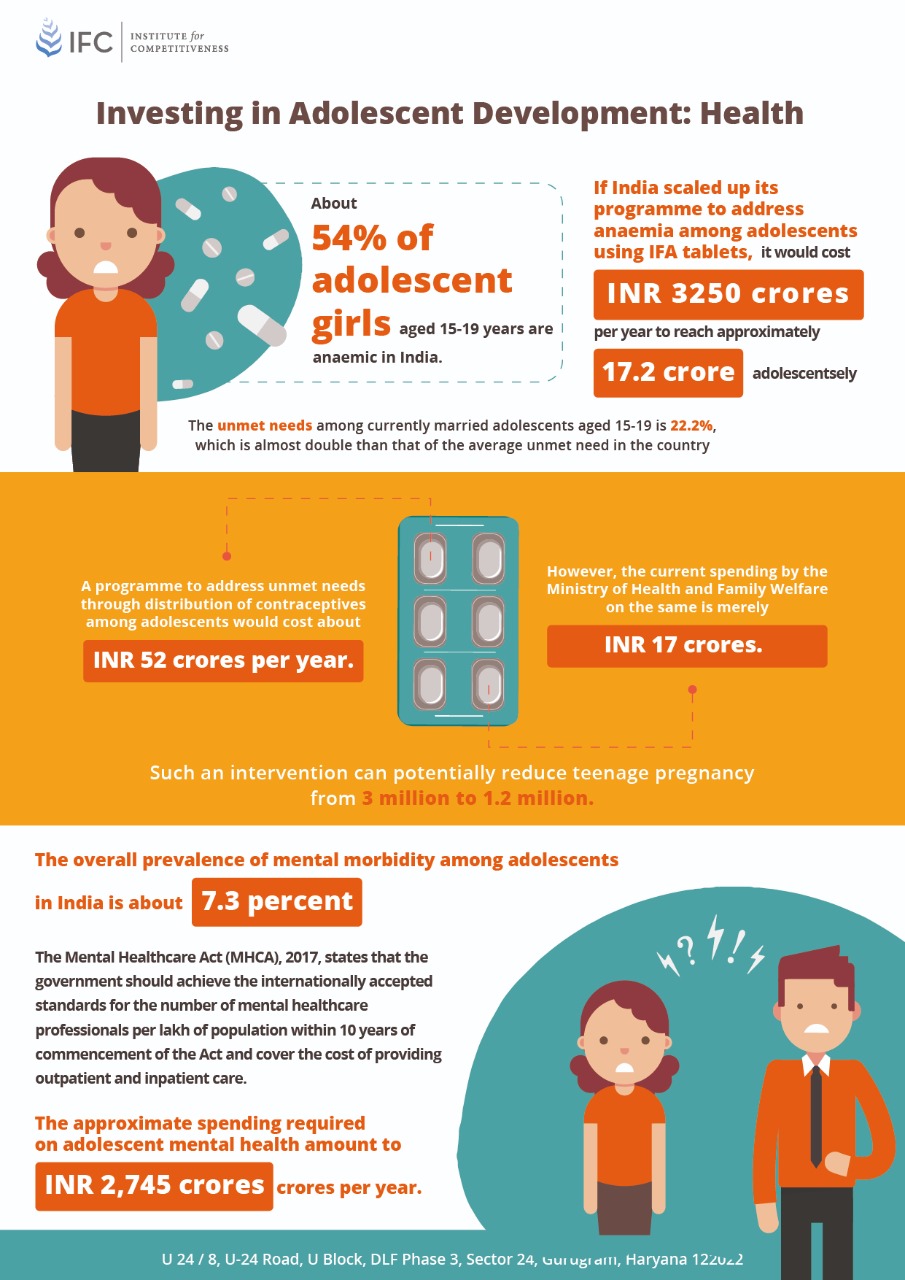
Child Marriage
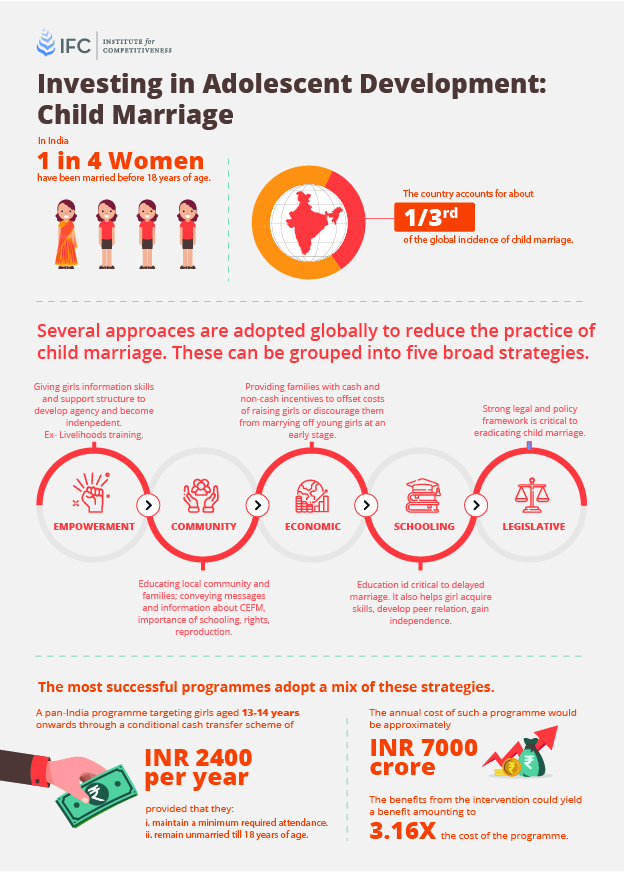
Combined Infographic
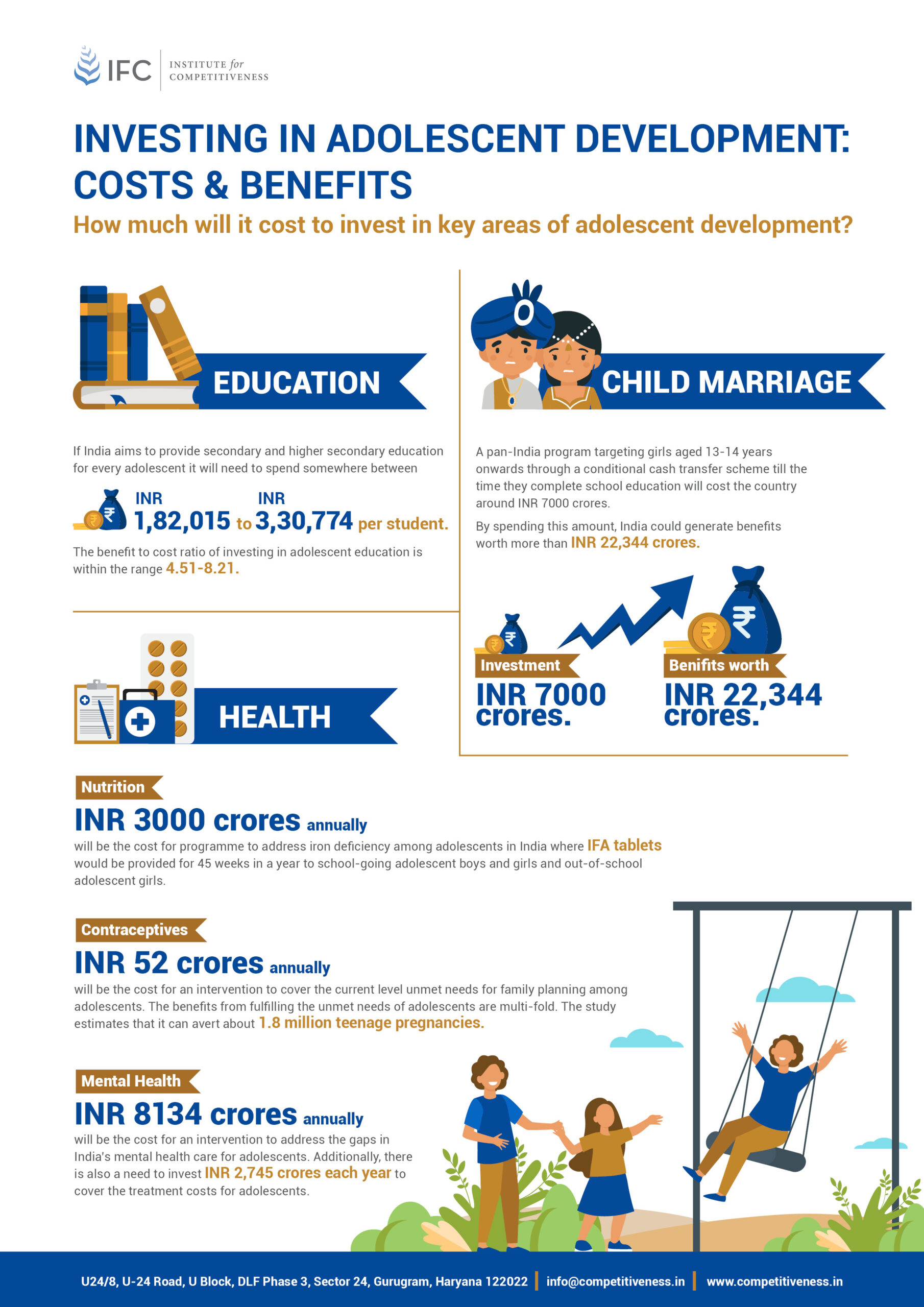
Webinar/Agenda

